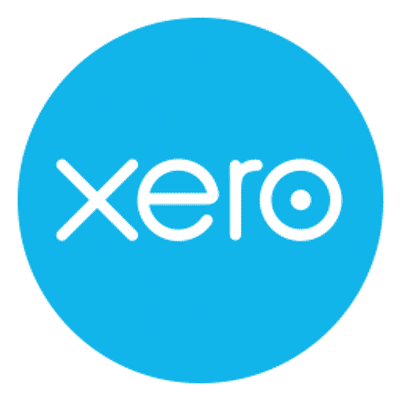Insightly is a CRM Software. Insightly offers Quotes (Proposals), List Management, Customer Support, Marketing Automation, Referral Tracking and many more functionalities.
Some top alternatives to Insightly includes Thryv, Salesforce Sales Cloud, monday sales CRM by monday.com, Pipedrive and Zoho Marketing Automation.
Yes, Insightly provides API.
Yes, Insightly provides a mobile app.
Insightly is located in San Francisco, California
Insightly offers Free Trial, Subscription pricing models
Yes, Insightly can integrate with Quickbooks, Xero, TimeCamp, Everhour and many more.You can find more integration for Insightly here
The starting price of Insightly is $29/User/Month





































